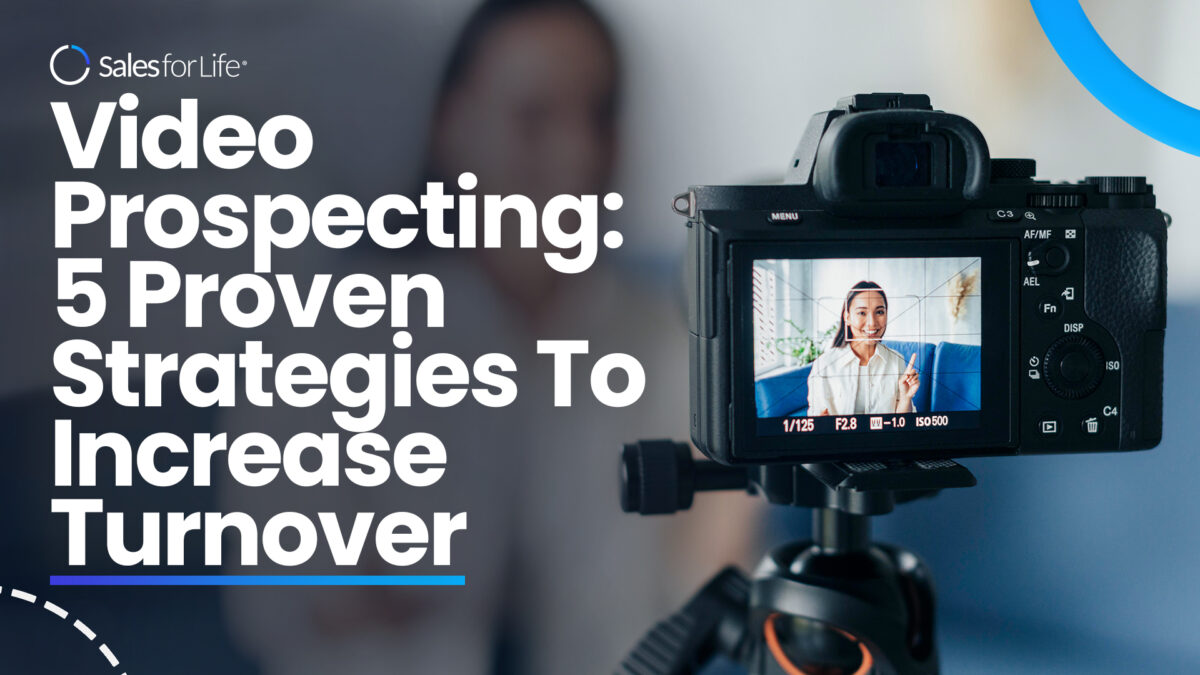If your job was to prospect for potential clients looking to buy from your company, what strategies can you use to help close more deals?
Ten years ago, just about any business owner that possessed a camcorder, a tripod, and the ability to turn on the recorder could film a commercial. These days, video marketing needs a little more creativity and professionalism. Video offers a personal touch when communicating with prospects and lets them know that you care enough to put in extra effort for them.
How To Prospect Using Video: Our Top Tips
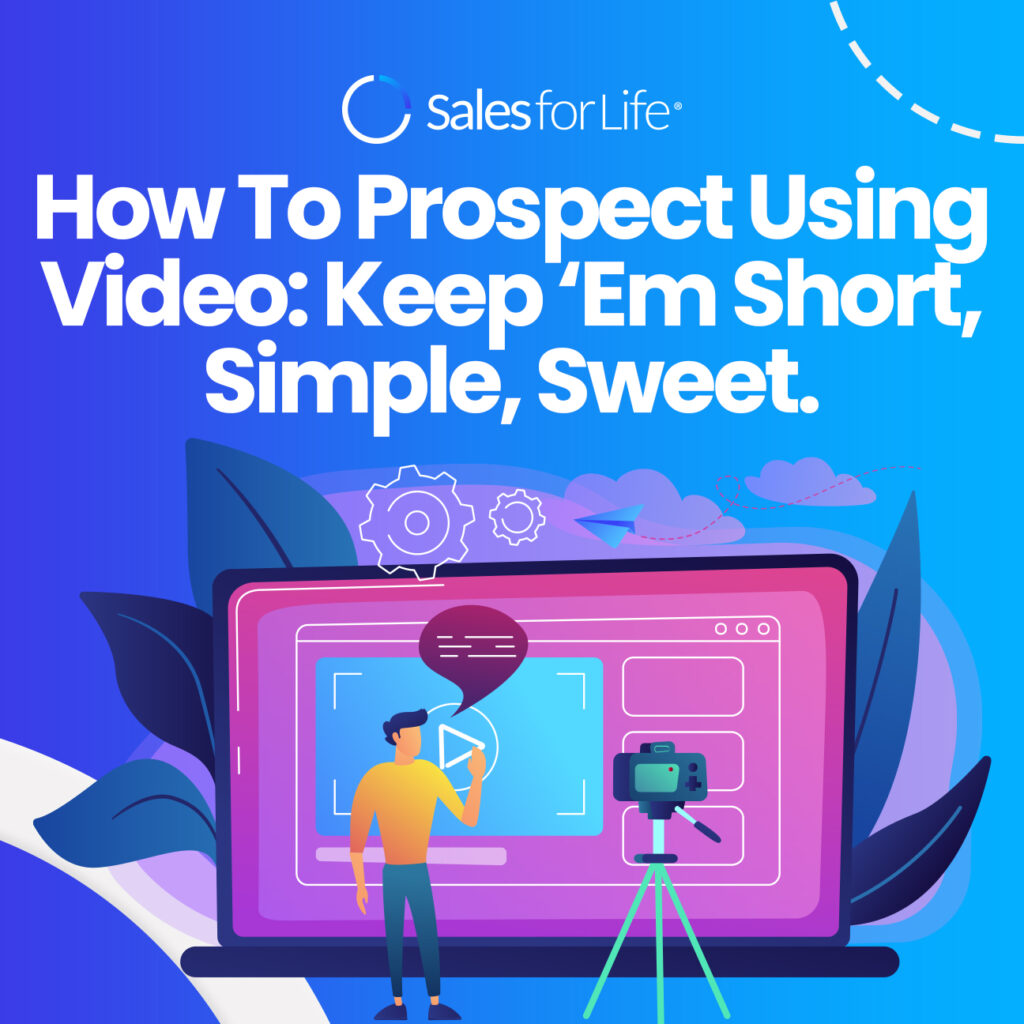
#1: Keep ‘Em Short, Simple, Sweet.
A sales prospecting video is the first impression, so it must be top-notch.
If you’re looking to create a video that will truly stand out, then it’s essential to follow these guidelines:
Keep it short and sweet. Keep your sales prospecting videos under two minutes. This ensures you can get your point across without overwhelming your customer.
Make sure your script is on point and tight. A poorly written script for a sales prospecting video can lead to even worse results than no video. You want to make sure you’re saying what you need to say to get those prospects on board with your brand message and sales pitch.
Keep it simple and easy to understand. Don’t overcomplicate things by being fancy or clever — it won’t work in this situation! Everything about this video makes sense for your audience, from start to finish.
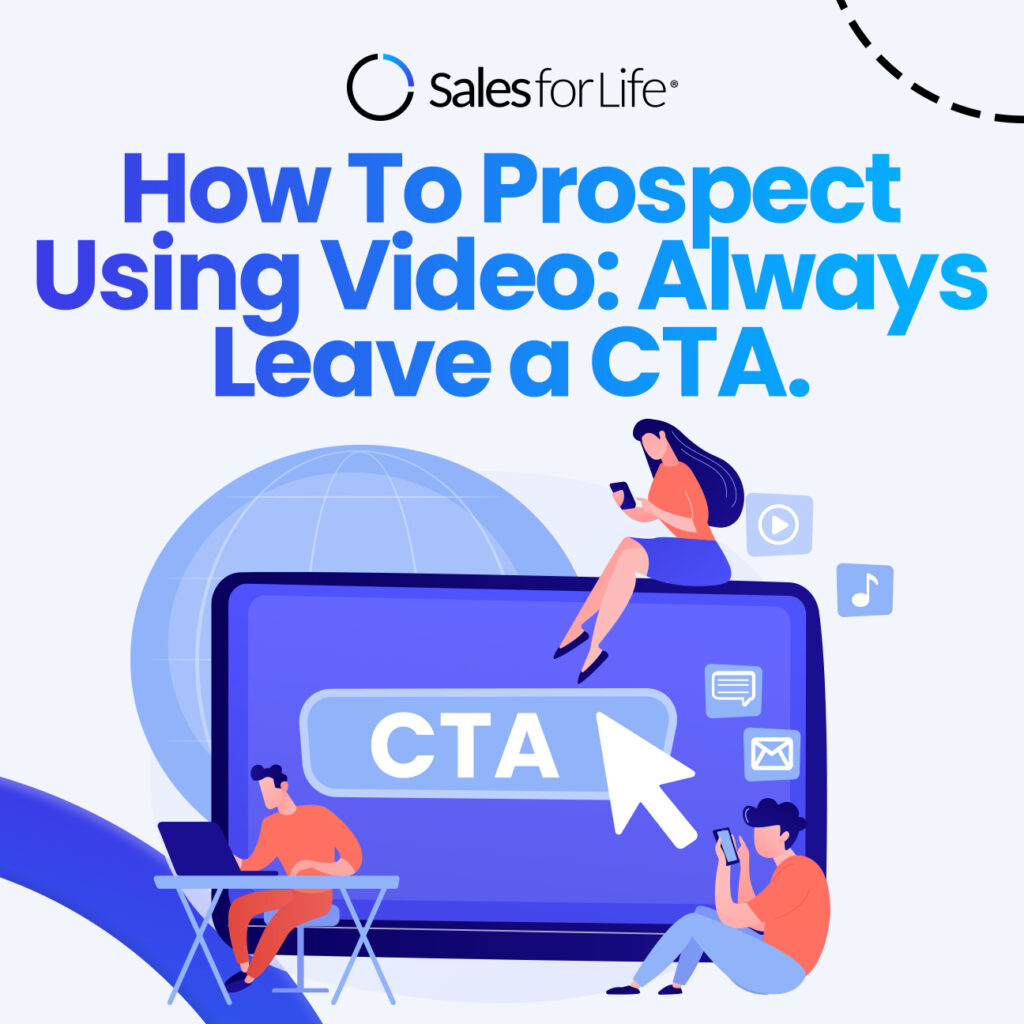
#2: Always Leave a CTA.
A call to action (CTA) is simply an instruction that encourages people to take some kind of action. This could be signing up for something, buying a product, or even sharing the video with their friends.
It can be anything from signing up for a newsletter, downloading an ebook, sharing, subscribing, or following you on social media.
There are many ways of including a call to action in your video. Here are some ideas:
- At the beginning of your video – If you want people to take action at the end of your video (for example, subscribe or share), then it’s best to include the CTA in the beginning. This way, viewers will remember what they’re supposed to do when they reach the end of your video.
- In the end – This is probably how most people include CTAs in their videos. You can either ask directly for viewers to take action (for example, “please subscribe”) or use a subtle hint – for instance, by saying something like “make sure you don’t miss out on our next video.” You can also leave it up to the viewer’s imagination by asking, “what should we talk about next?”
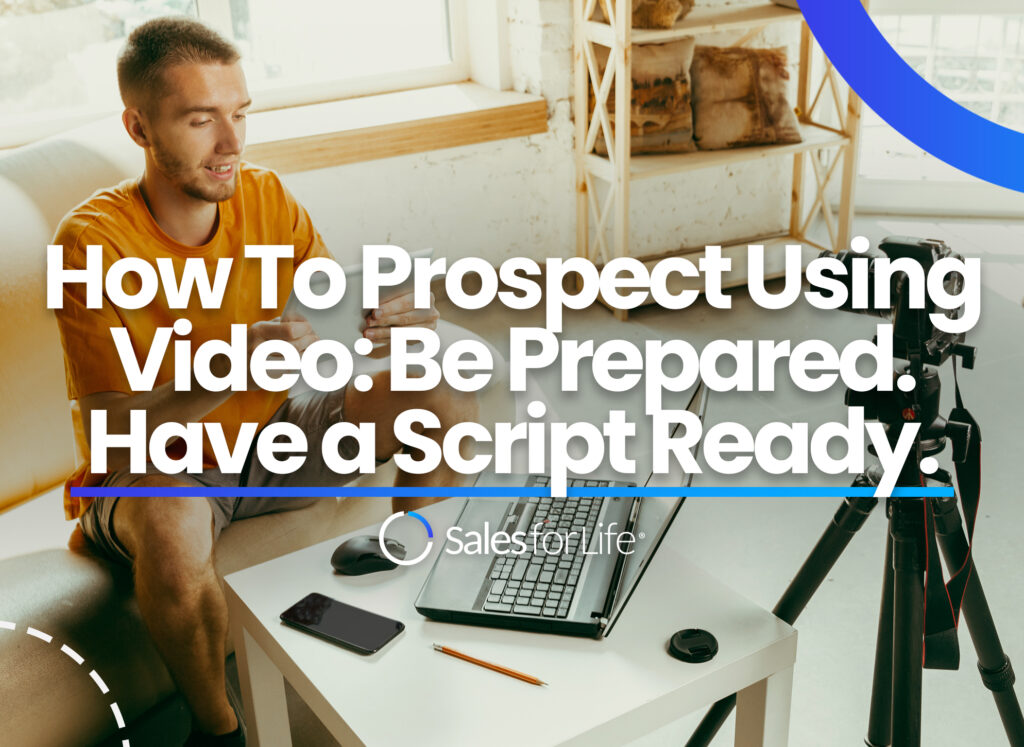
#3: Be Prepared. Have a Script Ready.
We’ve all been there. You’re recording a video, and you realize that you don’t know what you’re going to say.
It’s not a good feeling, and it can make the difference between a successful video and one that flops.
To avoid this scenario in your videos, write down your talking points before recording. When it comes time to record, you’ll be prepared with ideas for what to say next.
This can be as simple as writing down bullet points on paper or in a word processor — whatever works best for you.
It’s common for people to get nervous about being on camera and forget what they want to say, so you must have everything written down ahead of time.
You can use bullet points or complete sentences, but it’s best if the notes are short and concise. Don’t worry about the length of the talking points — just get the main points out there.
Once you’ve written down your talking points, you’ll need to memorize them. Practice saying them out loud until they feel natural. If you’re not sure how to practice, try reciting them while driving or doing chores around your house.
Finally, don’t be afraid to ask someone else for help if they notice something that needs fixing or improving in your presentation style. You’ll be surprised at how better people will react when they see that you’re trying hard — not just winging it!
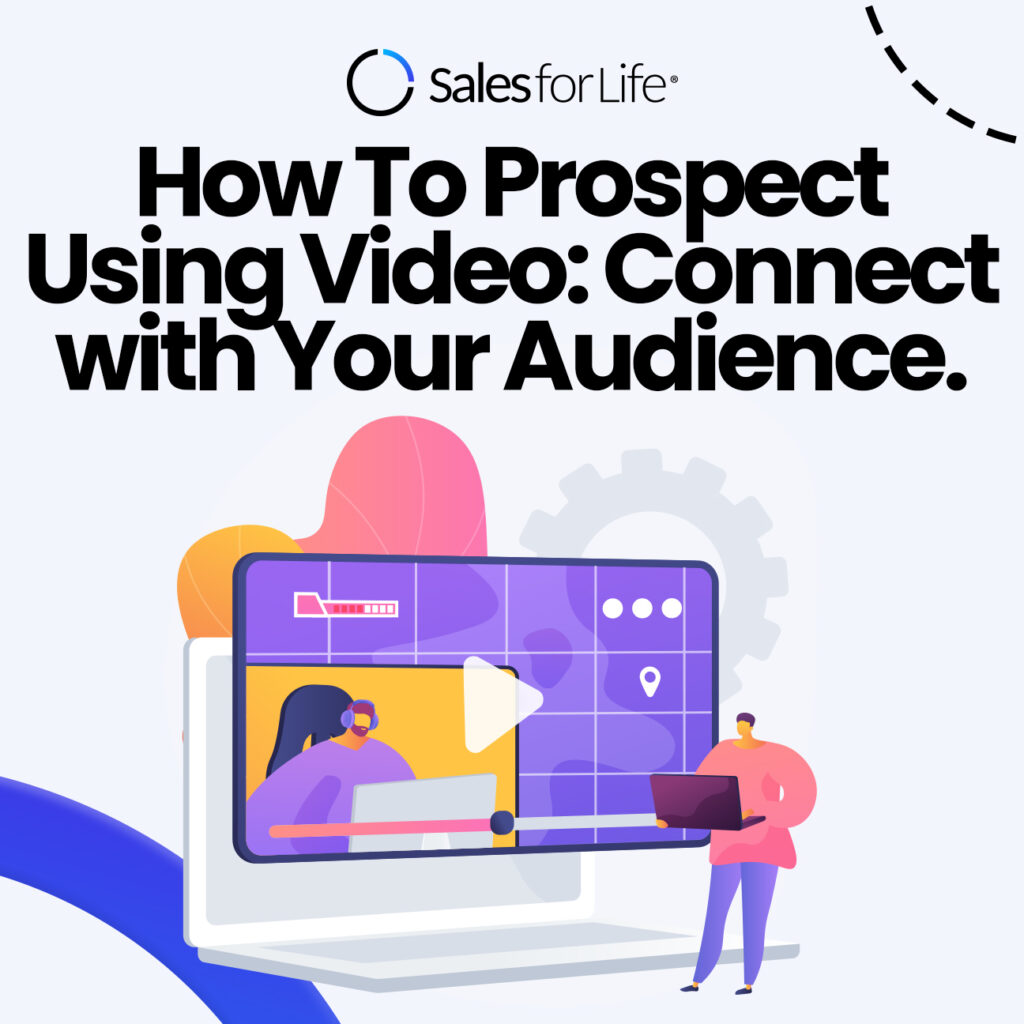
#4: Connect with Your Audience.
When speaking to someone on camera, your eyes are the most essential part of your body. When you talk to your audience on camera, make sure that you look at them as they watch what’s happening in front of them with interest and focus.
When we speak to someone, there’s an unconscious connection between our eyes and theirs. To make it work in a video, simply turn the camera toward yourself to capture your face from the side while you’re talking. Then, turn the camera back toward whoever is listening to you so they can see what you see onscreen.
The viewer will be able to see that connection between their eyes and yours through this process — making it easier for them to feel like they know who you are and what you’re experiencing together in real-time.
Because video is an emotional medium, it’s important that your viewers feel connected to you through their feelings about what’s happening onscreen — rather than just watching passively from an outsider’s perspective.
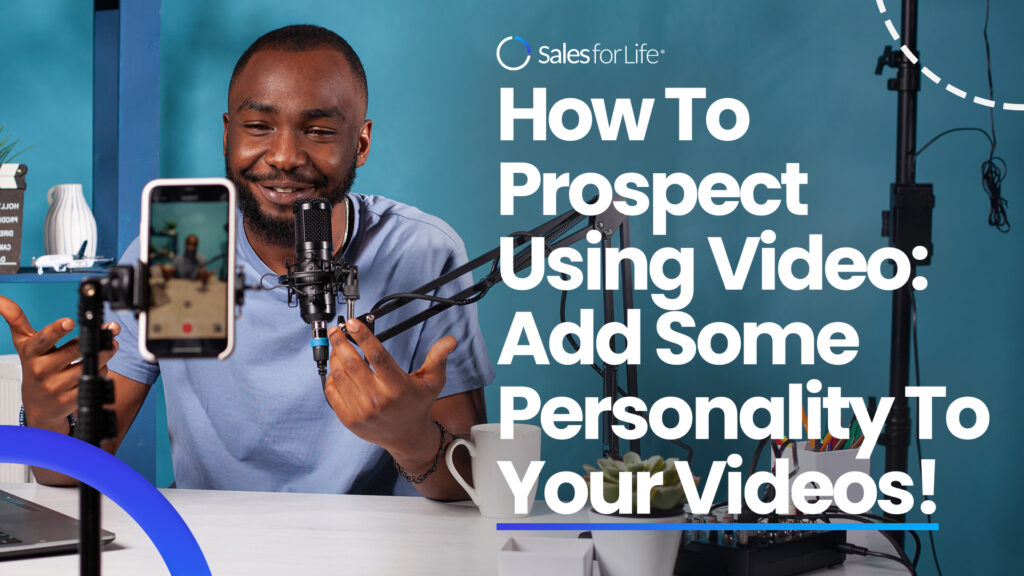
#5: Add Some Personality To Your Videos!
A sales prospecting video is one of the best ways to get your message to your target audience in a way that they can relate to. It’s a great way to show off your personality, and it offers you an opportunity to be yourself.
For example, if you’re a consultant, you might want to show how easy it is for people to reach out and ask you questions. Maybe you want to explain why you do what you do, or perhaps you just want to give some tips on how they can get started on their businesses.
If you’re a freelancer or contractor, your prospecting videos should focus on why clients should hire you instead of everyone else offering similar services. Show them why they should choose you over all the other options!
When producing a sales prospecting video, it’s tempting to use stock images and generic music. You may think that having a generic look will help as many people hear your message as possible.
That might be true, but it also means that your prospects will be less likely to pay attention. If they’ve seen a million videos just like yours, they’ll tune out before you get started.
The best way to promote yourself is to show off who you are through the videos you create. Don’t hide behind the camera or pretend that you’re someone else — let your personality shine through so that prospects can see who they’re dealing with.
Here are some tips to achieve this:
Show off your office space.
This is a great way to give prospects a chance to see what working at your company would look like, but it also gives them a chance to see where the work they do every day happens. If you have any cool features like slide shows or other office amenities, definitely include those!
Have fun with it!
This is an opportunity for you and your team members to be themselves—show off their personalities and let people get to know them better. This can help build trust with viewers since they’ll be able to see that they’re dealing with real people who care about what they do.
Use humor whenever possible!
It goes without saying: people love humor, especially when it’s used effectively—and the best part is that there’s no wrong way to do it! Just make sure that whatever jokes or puns you use are appropriate for the audience you’re reaching out to
